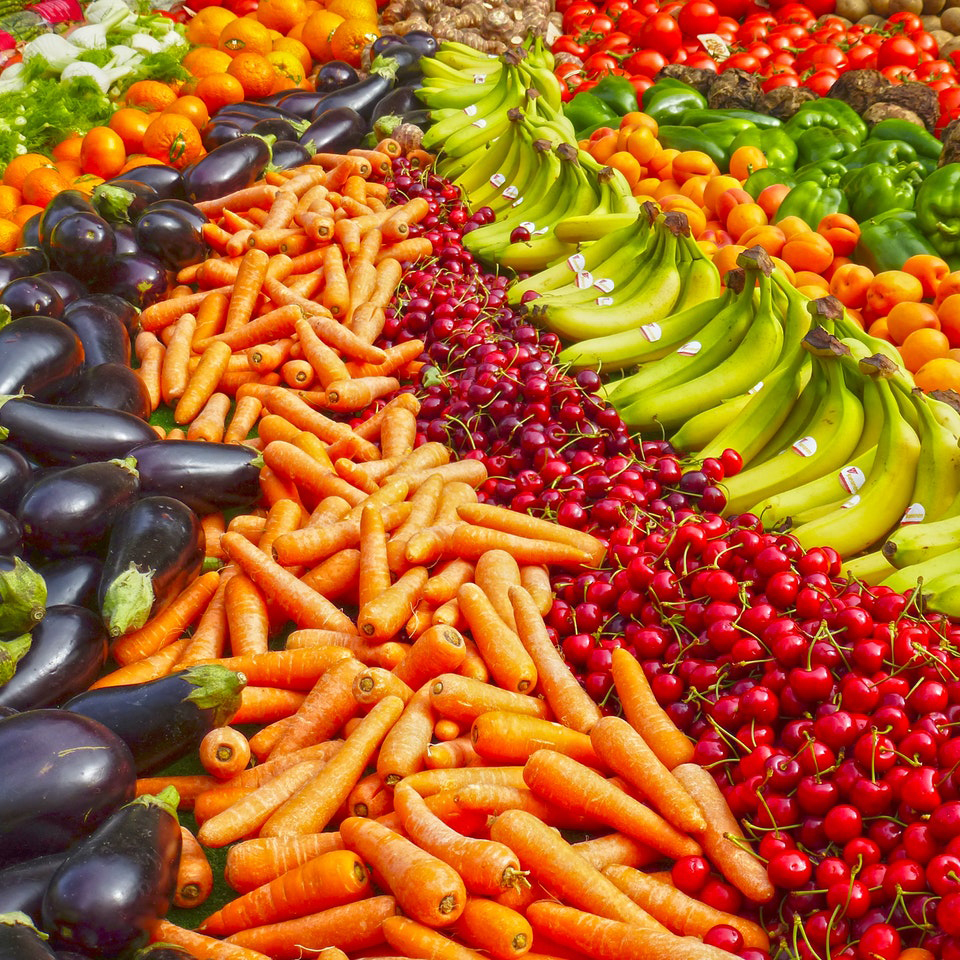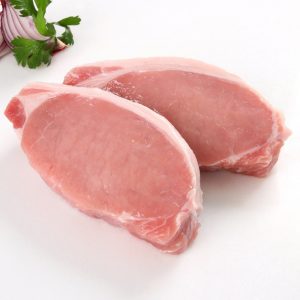Alerts & What’s Trending
How Precise Is Your Pricing? 6 Ways InsideTrack Can Help You Get It Right
Are You Overpaying? InsideTrack Automated Price Verification Can Stop Hidden Costs
Is Your Tech Stack Built for Precision? How to Elevate Operations and Control Costs

Produce
Iceberg lettuce prices surged nearly 45% last week to an 18-week high, yet they remain below typical fall levels due to unusually low prices since early September. With declining yields and a regional transition on the West Coast, prices are expected to continue rising through mid-November before easing back in January. Roma tomatoes saw a slight decline, but limited volumes from Florida and Mexico should keep prices stable until December, while 48-count Hass avocados dropped 1% week-over-week, though prices remain elevated 37% year-over-year.

Grains
Grain markets saw a positive week, driven by robust export sales in corn, soybeans, soybean meal, and soybean oil. Corn exports hit nearly 11 million metric tons over the past month, reaching levels last seen in 2020-21, with strong demand from Mexico, Japan, and Colombia filling the gap left by China. Soybean oil also saw impressive sales, with last week’s figure of 114,311 metric tons marking the largest weekly total since 2012, partly spurred by a rally in palm oil prices that is boosting international demand for SBO. Corn demand remains strong with support from high ethanol production, keeping the outlook bullish through year-end.

Dairy
The dairy market softened last week, with cheese and fluid milk categories showing declines. CME cheese blocks dropped 5% to $1.75/lb, and spot butter prices also dipped to $2.66/lb, though strong butter production continues in preparation for holiday demand. Milk production is gradually increasing across the U.S., and Class II cream rose by 7%, though Class III milk saw a sharp 11% decline. Retail dairy demand remains steady, with anticipated promotions expected for holiday baking season.

Beef
Beef production remained steady week-over-week despite a 1.3% decline in harvest, offset by increasing cattle weights. As holiday demand for beef wanes, cutout values dropped, with choice down 3% to $309.46/cwt and select down 2%. While rib and loin segments saw modest gains, end cuts like chuck rolls plummeted 30%, and ground beef prices fell sharply post-Halloween, down 15% to $2.55/lb. Trim prices also fluctuated, with 50% trim settling at $0.73/lb and 90% lean trim down 3%.

Pork
Pork production rose 2.4% last week, yet the cutout value declined by 5% to $97.98/cwt as most primals, except ribs, experienced price drops. Notably, the belly primal fell 10% after reaching a yearly high, and holiday-driven ham prices also decreased by 7%. In the trim segment, 42% trim saw a sharp decline of 15%, reflecting softening demand in some cuts as seasonal purchasing slows down.

Poultry
Chicken production remained steady year-over-year, supported by slightly heavier bird weights despite a 1.1% weekly drop in harvest numbers. Prices across the chicken complex are weak but stabilizing, with notable monthly declines in white meat cuts like boneless breasts (down 12%) and tenderloins (down 24%), while chicken wings also dropped 15% month-over-month. Turkey prices, however, saw significant increases as holiday demand ramps up, with whole turkeys up 6% and turkey breast prices rising 5% week-over-week.

Seafood
In September 2024, the U.S. experienced a 4.3% month-over-month increase in the average per pound price of frozen tilapia fillets, reaching $2.17. This rise deviates from the typical seasonal trend, where prices often peak between March and April and decline through the summer months. The unexpected price increase may be attributed to factors such as reduced import volumes or heightened demand during this period. Historically, tilapia prices tend to bottom out after August, making this September uptick noteworthy.


